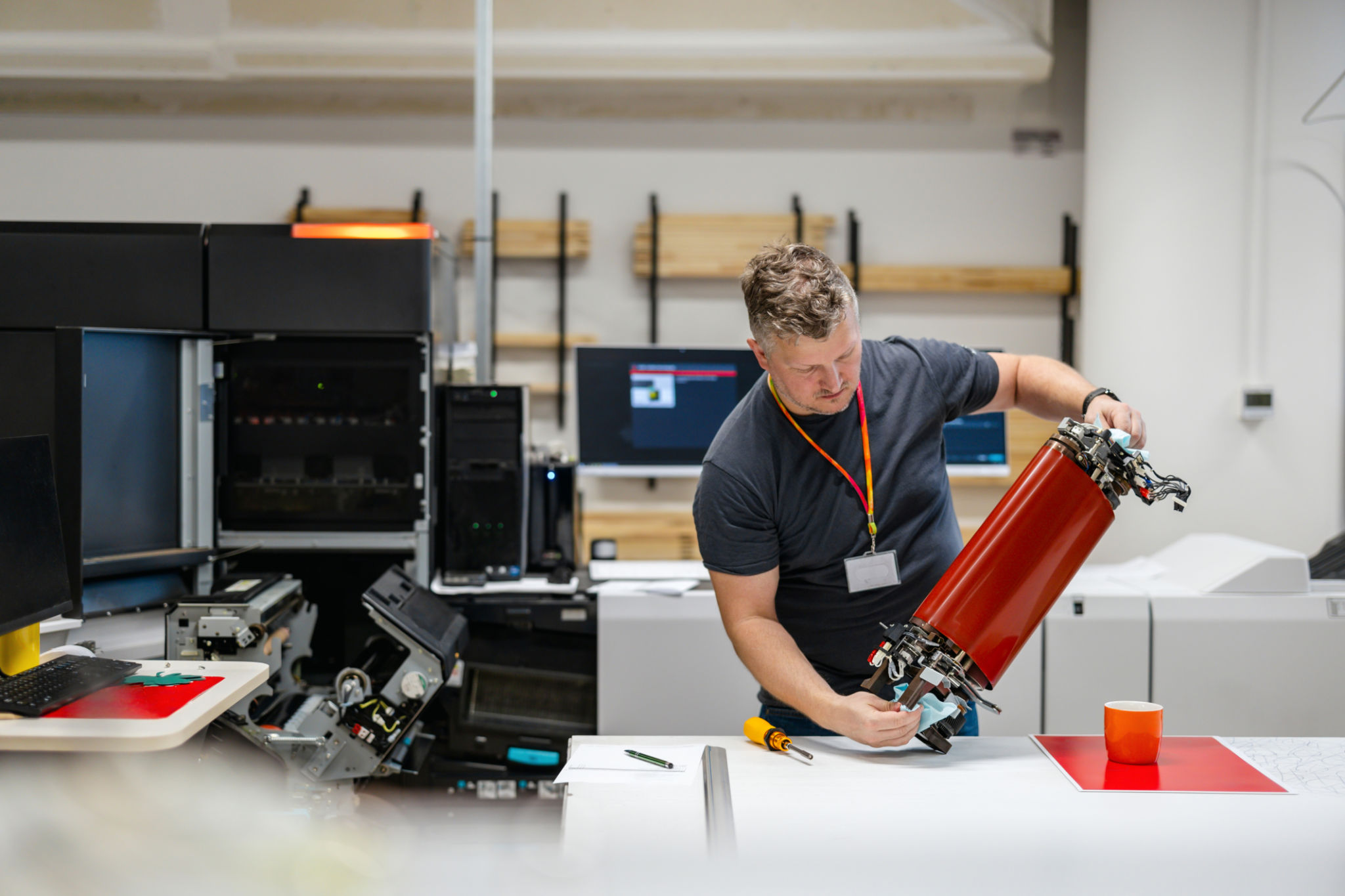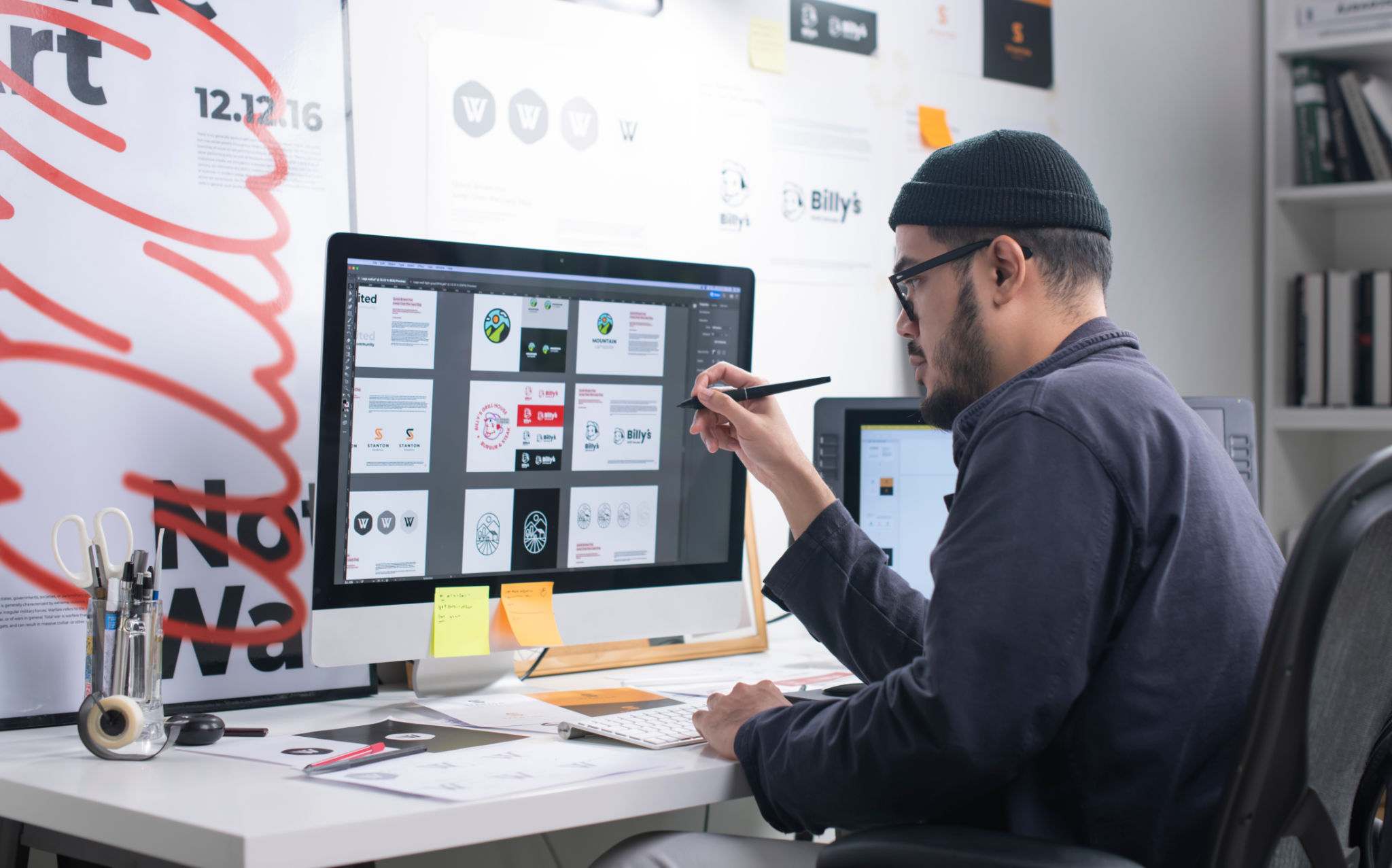Expert Tips for Creating Unique Custom T-Shirts
Understanding Your Audience
Before diving into the design process, it's crucial to understand your target audience. Knowing their preferences, interests, and demographics will help you create a design that resonates with them. Conduct surveys or polls to gather insights or analyze trends in the market. This information will guide you in selecting colors, themes, and styles that appeal to your audience.
Remember, a design that connects with your audience can significantly enhance your brand's visibility and appeal. So, invest time in researching and understanding who you're designing for. This foundational step can make the difference between a good design and a great one.

Choosing the Right Materials
When creating custom T-shirts, selecting the right materials is just as important as the design itself. The material affects not only the look and feel of the shirt but also its durability and comfort. Cotton is a popular choice due to its softness and breathability, but blends like polyester and spandex can add stretch and moisture-wicking properties.
Consider the purpose of the T-shirt. For instance, if it's for athletic purposes, prioritize materials that offer comfort and breathability. On the other hand, if it's for casual wear, focus on softness and durability. By choosing the right fabric, you ensure the T-shirt’s quality aligns with its intended use.
Exploring Different Printing Techniques
The printing technique you choose can greatly impact the final look of your custom T-shirt. Common methods include screen printing, direct-to-garment (DTG) printing, and heat transfer. Each method has its pros and cons. For instance, screen printing is ideal for bulk orders due to its cost-effectiveness and vibrant colors, while DTG is perfect for intricate designs with many colors.

Design Tips for Eye-Catching T-Shirts
Creating a unique design is essential for a standout custom T-shirt. Focus on simplicity; a cluttered design can overwhelm viewers. Use bold colors and strong contrasts to make your design pop. Typography is another critical element; choose fonts that are readable and complement the overall theme.
Incorporate elements like logos or slogans that represent your brand or message effectively. Remember, a well-thought-out design can turn a simple T-shirt into a powerful branding tool or a cherished piece of apparel.

Utilizing Mockups
Before finalizing your design, use mockups to visualize how it will look on an actual T-shirt. Mockups help spot potential issues like color discrepancies or awkward placements. They allow you to experiment with different versions and choose the best one without incurring production costs upfront.
There are various online tools available that provide realistic mockup templates. Utilize these resources to refine your design until it perfectly matches your vision.
Marketing Your Custom T-Shirts
Once you have your custom T-shirts ready, the next step is marketing them effectively. Utilize social media platforms to showcase your designs through engaging content like photos and videos. Collaborate with influencers or brand ambassadors who align with your brand values to reach a wider audience.
Consider hosting giveaways or contests to generate buzz around your T-shirts. Engaging with your audience through interactive posts can increase visibility and drive sales.
